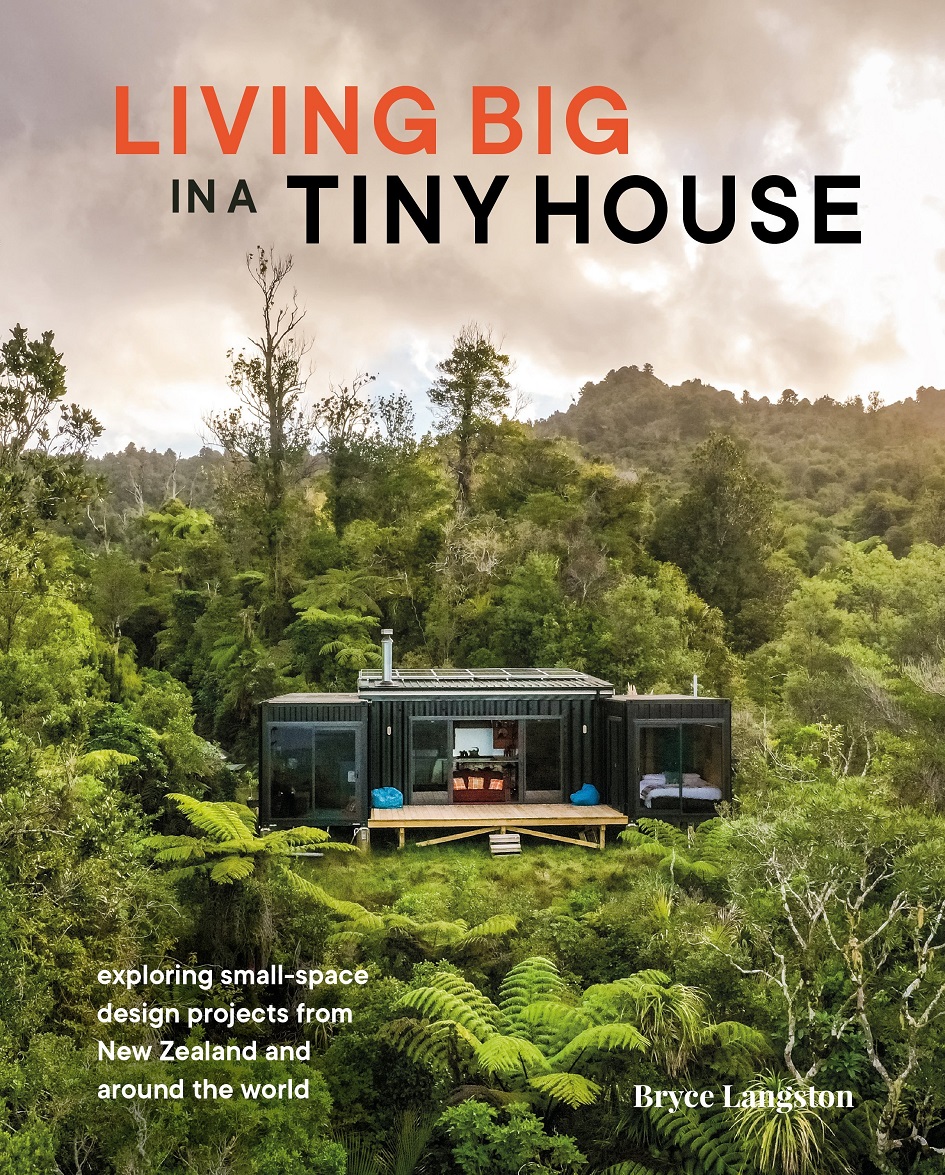

A hobbit-core, inspired by the mythical hobbits from Tolkien’s fantasy novels, is all about living in comfort. About wearing comfortable clothes, living in cosy and welcoming spaces and, perhaps most importantly, enjoying good food and drink. Ask Bilbo Baggins. He knew.

While students together when living in Christchurch, Anna and Stoff inhabited a dingy, old and very cold flat. There’s nothing like cold and damp to make you dream of a better alternative. Together, they made the decision to start building a tiny house. At that stage, they didn’t have a place to put it. They designed and built their tiny house entirely as a DIY project.

As adherents of a hobbit-core lifestyle, everything they craft meets this aesthetic. It’s all handmade and decorated to be as homely as possible. Their tiny home oozes comfort.

She equally enjoys her home crafts, and loves to cook and bake. When I visited, I was immediately treated to freshly-baked cinnamon rolls and hot coffee. Such a start ensured I was becoming rapidly enamoured with the hobbit-core concept. Anna even designs and sews most of the family’s clothing. This has encouraged a quirky and charming style among the family members, just as if they have emerged out of a fantasy novel.
Stoff enjoys his various projects, too. He hunts and fishes for much of their meat, he enjoys building projects, and is super-active. During the pandemic lockdowns, he even built a rock-climbing wall in front of the house, using stones from the local river.

The tiny house itself is beautiful. It’s off-the-grid and solar-powered, with water provided by collecting rain. A large deck is positioned to capitalise on the captivating views, and the large wrap-around cedar benches also function as an outdoor kitchen, craft space and dining area.
Inside, the hobbit-core vibe is evident throughout. Anna or Stoff have handcrafted almost every item in the home. It unquestionably offers all the best parts of a hobbit home: warmth, comfort and lots of lovely things.

The home has everything a young family needs. The decent-sized kitchen enables Anna to work her magic, and there’s a dining table for family meals, a bathroom and cosy sleeping loft. Molly has her own playroom downstairs, filled with books, toys and a rack of clothing handmade by her mother.
This is a beautiful way of life. It’s simple, healthy living with hearty, home-made food grown in the garden, or hunted further afield. It’s slow living, with time taken to craft and enjoy everything. It’s close-to-nature living, with life revolving around natural cycles.

The Book
This is an extract from Living Big in a Tiny House by Bryce Langston, published by Potton & Burton; RRP $54.99












